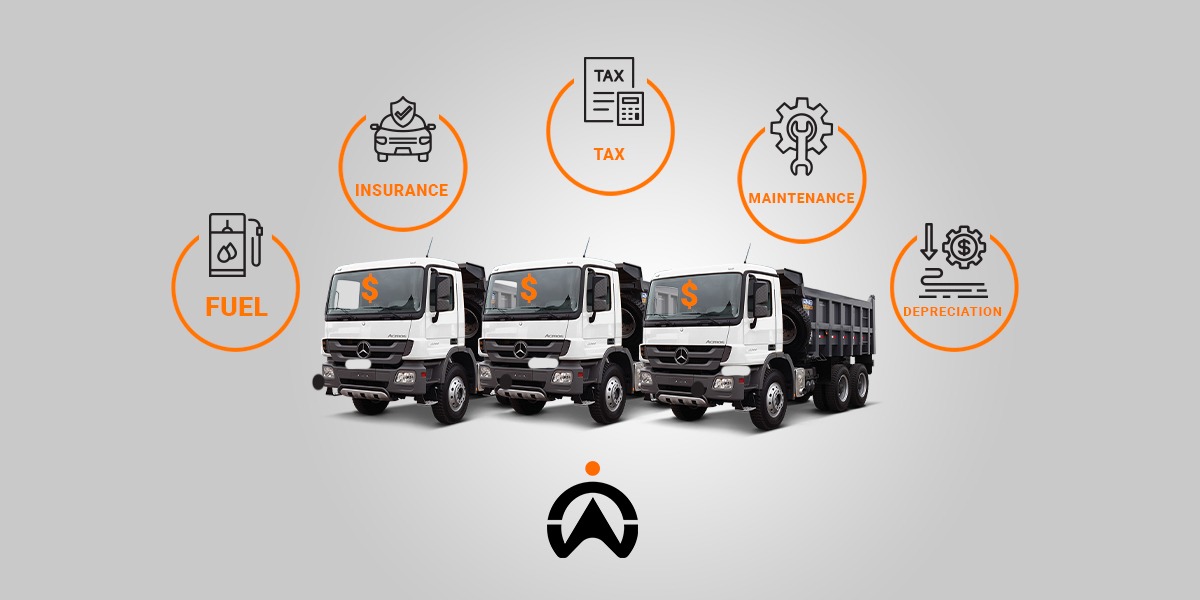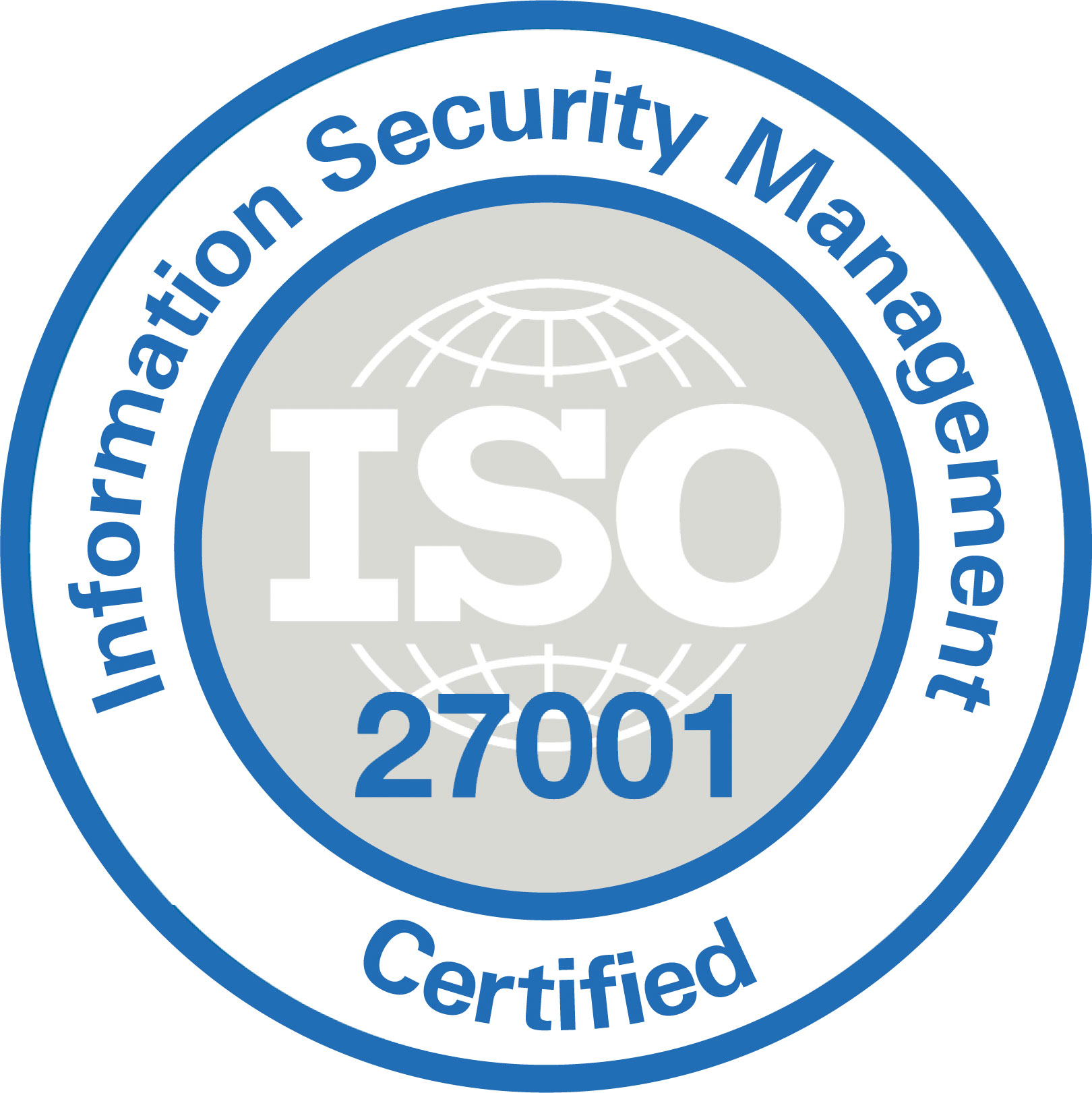- Solutions
- The Company
- About usCartrack offers smart fleet solutions guaranteed to optimise your fleet and workforce, no matter how big or small your business.
- Investor RelationsCartrack has a history of strong cash flow generation and cash conversion, low financial leverage and strong dividends.
- CareersCareers portal. View all the current Cartrack career openings and opportunities available.
- Resources
- Contact Us
- Bahasa
- Login
When Is The Perfect Time To Change Your Fleet Vehicles

---- 2023/10/12 ---
Did you know that keeping your fleet of vehicles too long can lead to excessively high repair costs, exceeding their resale value? Replace them too soon, and you might be throwing money down the drain.
So when is the perfect time to upgrade your fleet?
Understanding your fleet’s life cycle
The first step is to record and understand your fleet’s lifecycle or lifespan.
This includes tracking and managing various factors about your vehicles such as acquisition costs, cost of insurance and maintenance, optimisation and efficiency, breakdown and downtime risks, disposal, and resale prices.
Why is the fleet cycle so important?
You can also quickly spot inefficiencies, such as constant breakdowns and repairs and then upgrade before it costs you too much.
Since maintenance and servicing costs count for at least 7% of vehicle expenses, you’ll need up-to-date maintenance records to keep tabs on this.
7 sure-fire signs it’s time to replace your vehicle
- Breakdown after breakdown: And cost after cost, on maintenance repairs. If this is happening often, then keeping the vehicle is not worth it. The reduction in repair costs and downtime will help you save money, making the investment in a new vehicle worthwhile.
- Too much fuel usage: On average, a fleet vehicle consumes around 30 or 40 litres of fuel for every 99km travelled. The price of fuel per litre in South Africa is currently sitting at around R24.50. In this case, and assuming a vehicle consumes the bare minimum fuel, then that’s R735 for a relatively short trip. Fuel is one of the biggest expenses for fleet managers. With the ever-rising fuel costs, it might be much better to opt for newer or adequate vehicles with better fuel economy to help cut fuel costs.
- Over 100 000 km: Vehicles with more than 100,000 km may be considered “middle-age”, which is the point at which maintenance costs start adding up. Mileage is always an indication of wear and tear. If it’s too high, it might need some major repairs. However, as we already know, we shouldn’t assess a vehicle’s age in isolation but look at other factors such as the vehicle’s condition, maintenance history and service records. This helps give a more accurate assessment of a vehicle's long-term viability and endurance.
- Excessive age: Even if a vehicle’s mileage is still relatively low, fleet vehicles that are five years or older should be considered for a replacement. This is because most vehicle warranties have expired and repairs will become more expensive.
- Unhappy drivers: Your drivers will be the first to tell you if your vehicles are not in good condition. Any scepticism from them should be one of your primary concerns. Especially, because you want to keep your drivers and fleet super safe, avoiding costly medical claims and hospital bills due to injuries, as a result of an unsafe fleet.
- Outdated technology: Having the latest technology helps keep your fleet running at peak performance, and reduces the risk of accidents, so your employees and cargo are extra safe. This could include built-in GPS navigation systems that assist drivers with directions for safer deliveries or there could be rear-view backup cameras and bumper sensors, for additional safety.
- Vehicle condition: If a vehicle has extensive exterior damage and has your company’s branding on it, it could reflect poorly on your reputation and be costly to fix. In this case, it might be better to sell it and get something that portrays a more professional image of your company.

Say hello to a perfectly-timed upgraded, safe and efficient fleet
Second-guess yourself less and plan more. Understand your vehicle’s lifecycle with these top Cartrack Indonesia features:
- Maintenance tracking: Check the health and performance of your vehicles, to know when they are below par, with maintenance history reports. Service your vehicles at regular intervals and keep them in good condition, with maintenance alerts. Use this to maintain your vehicle’s warranty, and maximise its lifespan.
- Asset utilisation rates: This helps you monitor vehicle usage and their functioning capacity, and see if they are being used correctly. If they are underutilised, then there might not be a need for them, so managers can sell them and invest the money which will give them a better return. If they are overworked, then they might have more maintenance issues, or you might need to purchase another vehicle for your fleet.
- Fuel consumption reports: Use these to assess if your vehicles are using more fuel than necessary. This could mean that they are inefficient, outdated, have maintenance issues or there is fuel theft. Replacing such vehicles with newer and fuel-efficient models can help you save on fuel. You can also take this data and make vehicle comparisons, so you can choose vehicles with better fuel economy. Sudden fuel spikes could mean possible fuel theft, which means there is no need to replace your vehicles, but rather open an investigation.
Take this data from Cartrack Indonesia and create the best vehicle replacement plan out there. Walk away as a super equipt fleet manager, with everything you need to manage your vehicle upgrades, from the ground up.













 Select Countries
Select Countries